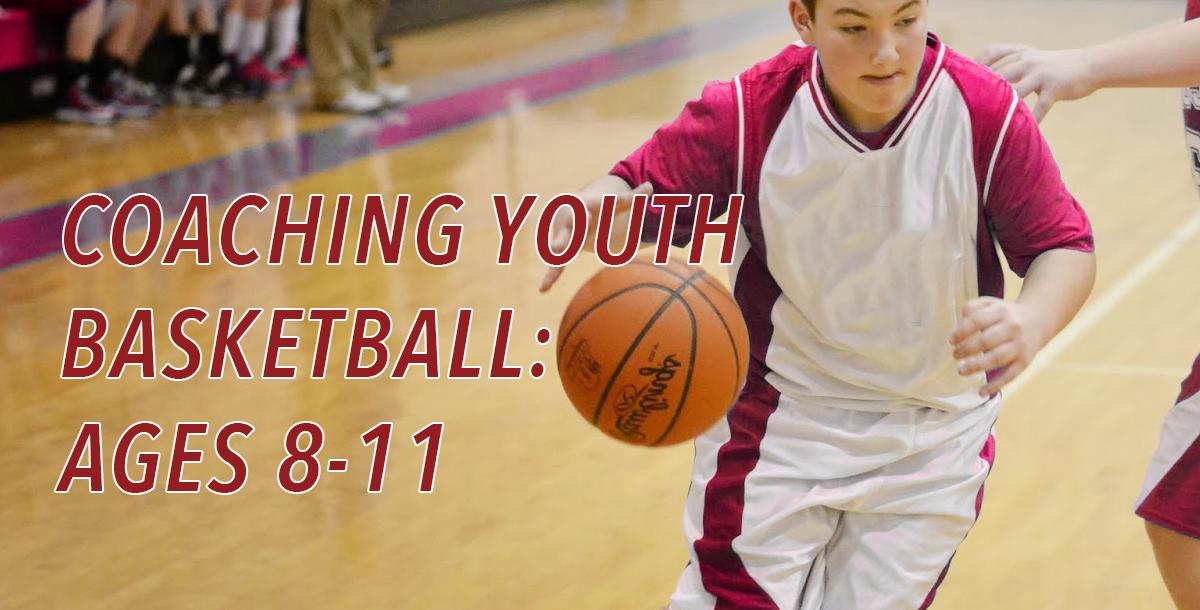1
2
3
4
5
6
7
8
9
10
11
12
13
14
15
16
17
18
19
20
21
22
23
24
25
26
27
28
29
30
31
32
33
34
35
36
37
38
39
40
41
42
43
44
45
46
47
48
49
50
51
52
53
54
55
56
57
58
59
60
61
62
63
64
65
66
67
68
69
70
71
72
73
Lesson 74:
Practice 14
75
76
77
78
79
80

In Coaching Youth Basketball: Ages 8 - 11, Bill Thom and Jim Datka bring you an entire season's worth of basketball knowledge and leadership information that will help you develop your young players into a winning team. These instructional coaching videos feature two of the country’s leading high school boys coaches sharing over 50 of their personal drills with demonstrations designed specifica...
